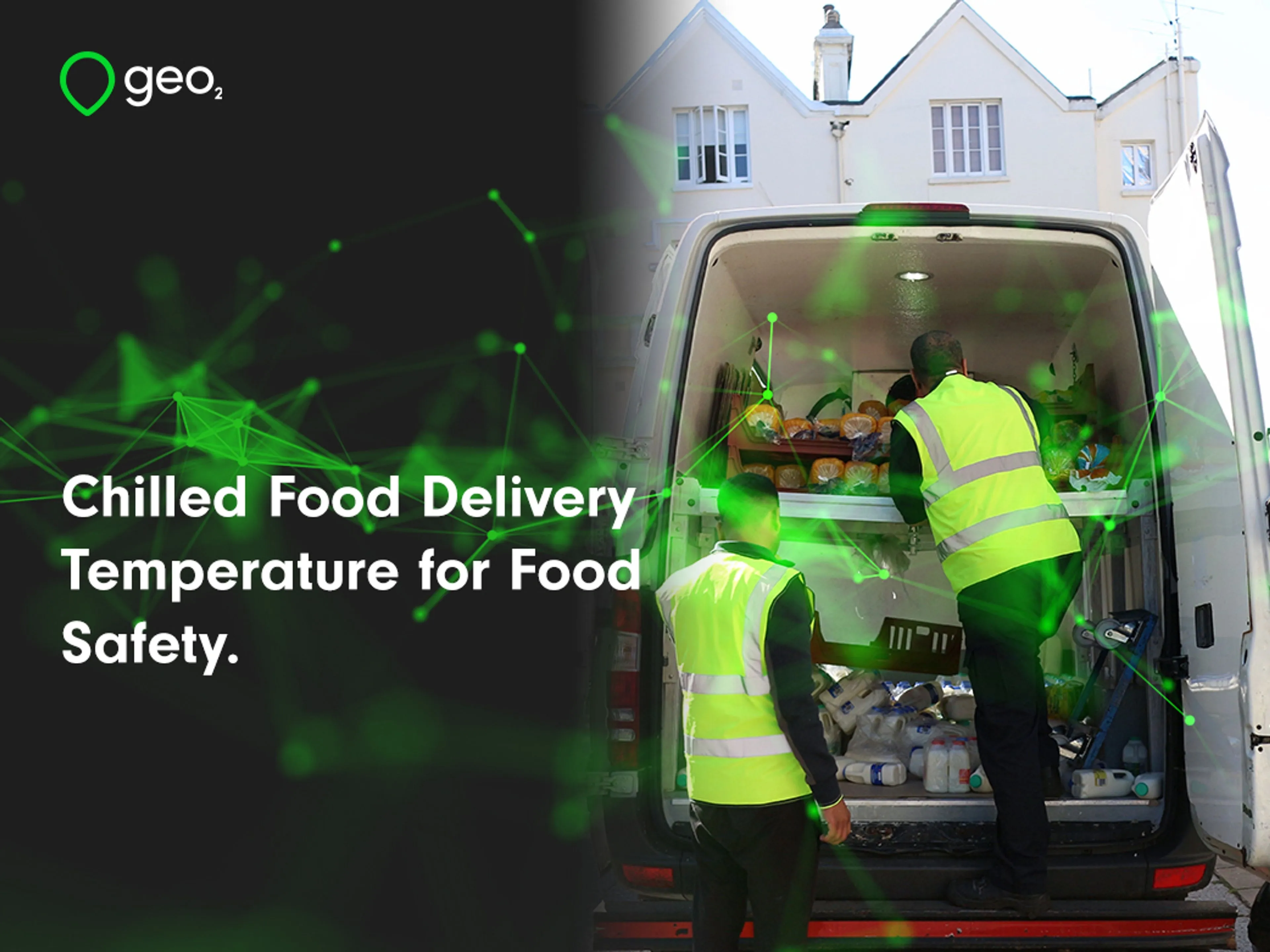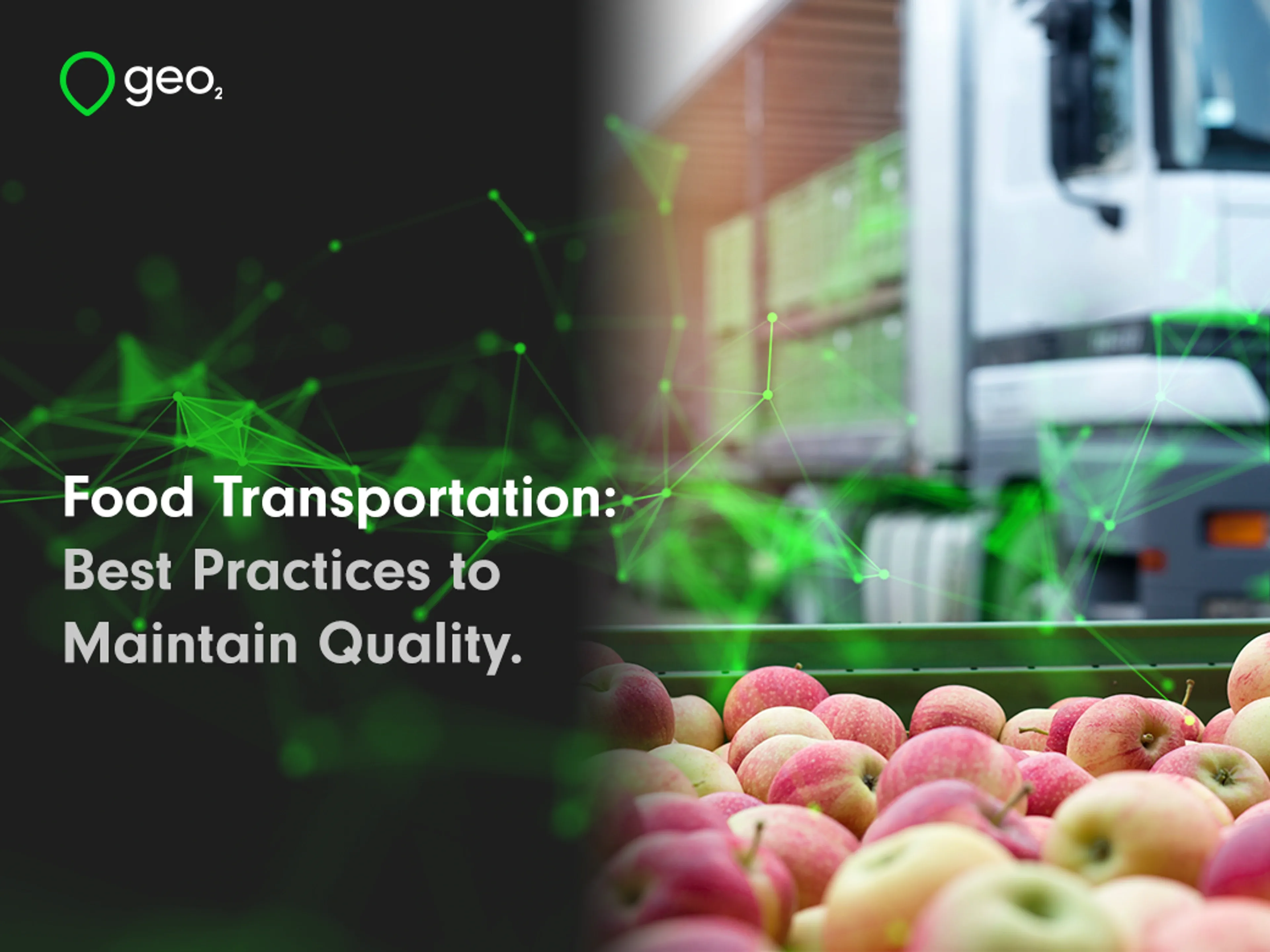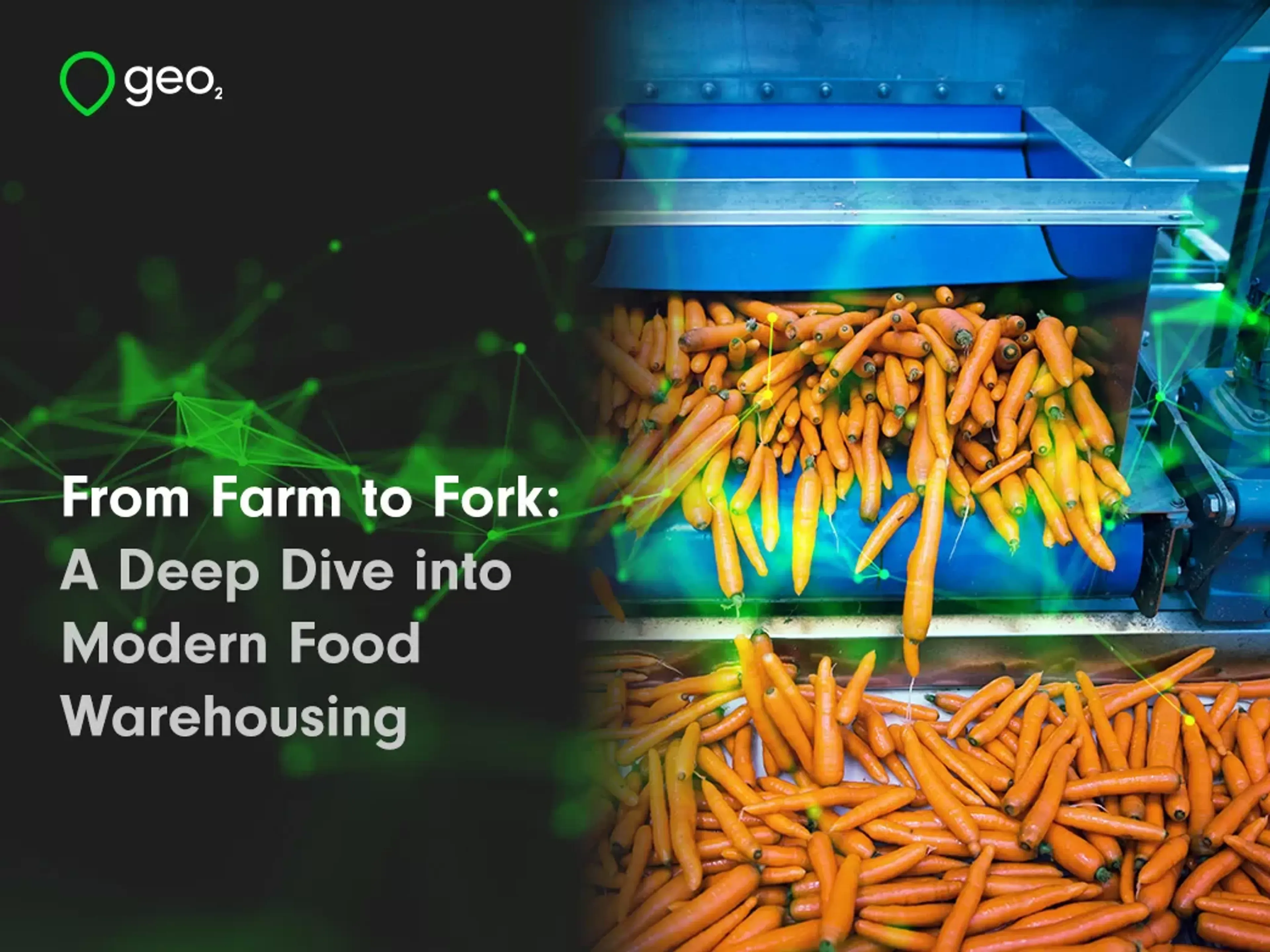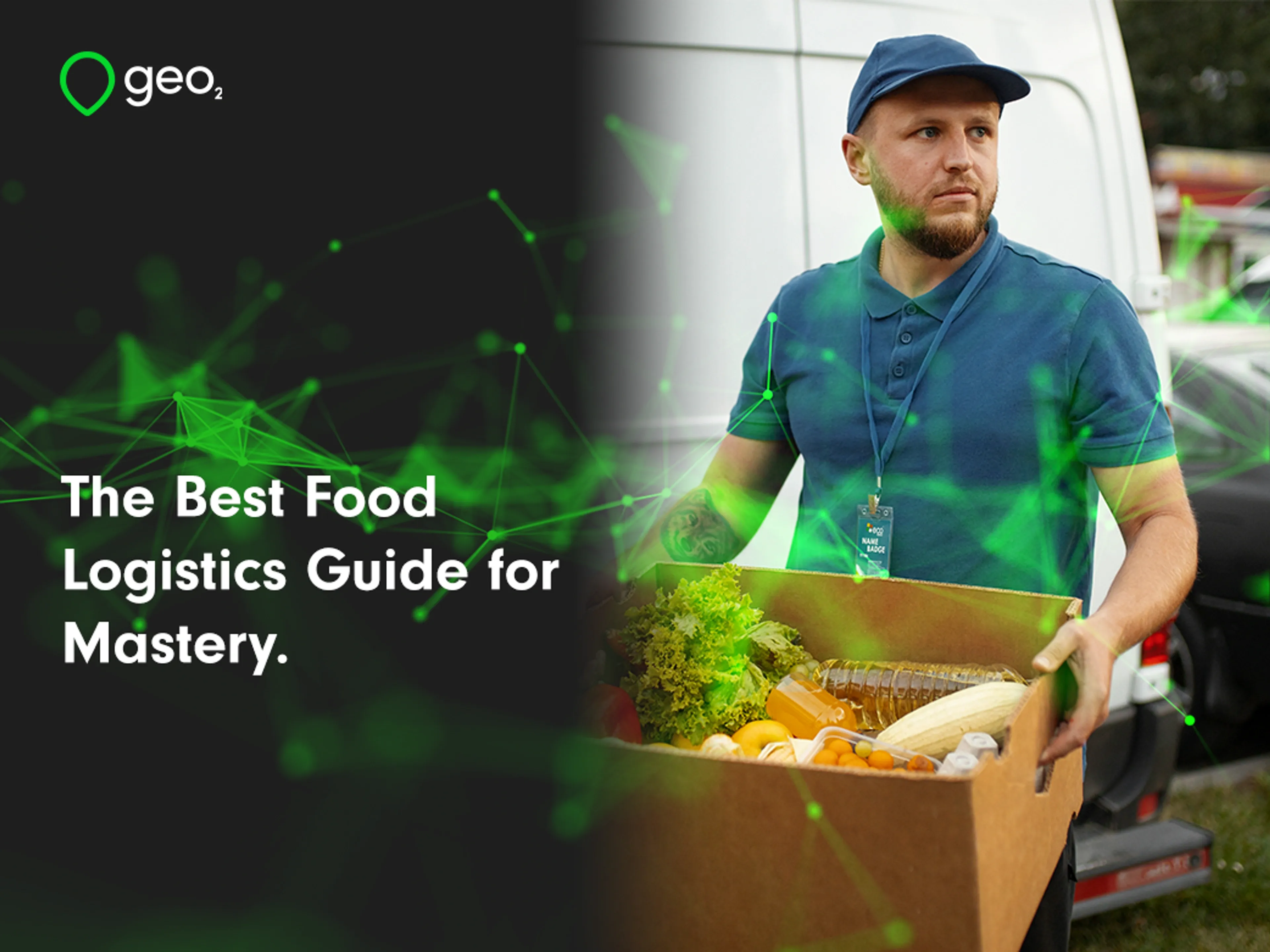Understanding the Basics of Food Logistics.
Food logistics involves the planning, implementation, and control of the movement and storage of food products. It transports perishable goods efficiently and safely from producers to consumers.
Handling food products is uniquely challenging due to their perishable nature. Factors like temperature control, shelf life, and infection risks require meticulous attention. Understanding these basics is crucial for anyone involved in food logistics.
Importance of Real-Time Tracking for Perishable Goods
Real-time tracking systems are essential for monitoring the location and condition of perishable goods. These systems help prevent spoilage by providing timely information about temperature fluctuations and delays.
Strategies for Reducing Waste and Maintaining Freshness
Reducing waste and maintaining freshness are critical in food logistics. Strategies include optimizing delivery schedules, using advanced packaging materials, and implementing strict quality control measures.
Key Considerations in Transportation and Storage
Transportation and storage play a vital role in food logistics. Key considerations include maintaining proper temperature, minimizing handling, and ensuring timely deliveries to prevent spoilage.
Technology's Role in Enhancing Supply Chain Management.
Technologies Used in Food and Beverage Logistics
Technology has transformed food logistics. Tools like GPS tracking, RFID tags, and automated warehouses streamline operations and enhance efficiency.
Real-World Examples of Improved Efficiency and Cost Reduction
For instance, Amazon uses robots in their warehouses to quickly and accurately pick and pack food items. Similarly, Walmart uses blockchain technology to track the source and condition of its food. This ensures transparency and reduces the risk of spoilage.
The Future of Food Logistics.
Trends Shaping the Future of Logistics.
The future of food logistics is promising, with trends like automation, eco-friendliness, and artificial intelligence leading the way. Automated vehicles, drones, and AI-driven analytics are set to transform the industry.
How Food Suppliers Can Prepare for Future Challenges and Opportunities.
Food suppliers and logistics managers should invest in technology, use sustainable practices, and train their staff often to stay ahead. Stay updated with industry trends and innovations to maintain a competitive edge.
How a TMS Can Help.
Enhancing Best Food Logistics with a Transport Management System (TMS)
A Transport Management System (TMS) can significantly enhance food logistics by streamlining various processes and increasing overall efficiency. A TMS offers route planning and optimization. It ensures deliveries use the most efficient paths, reducing both fuel costs and delivery times.
Real-Time Tracking and Accountability
Real-time tracking lets businesses see where their shipments are at any moment. This provides important updates and allows quick action if needed. Proof of delivery features ensure accountability and transparency. They let the business and the customer confirm that deliveries are completed successfully.
Geo2: A Scalable Cloud-Based TMS
Geo2 is a great cloud-based TMS that scales with any business size. It offers solutions tailored to the food logistics industry's unique needs.
Geo2 helps companies manage logistics better with features like route optimization and real-time tracking. This not only improves workflow efficiency but also enhances customer satisfaction by ensuring timely and accurate deliveries.
Staying Competitive in Evolving Logistics
As food logistics evolve, using systems like Geo2 is essential for companies to stay competitive and meet market demands.
Geo2 lets businesses track shipments in real-time. It also helps optimize routes by considering traffic and weather. This ensures timely deliveries, reduces fuel costs, and lowers the carbon footprint.
In today's fast-paced world, customers expect quick and reliable delivery. So, companies need to invest in efficient logistics management.
Conclusion.
Efficient food logistics are crucial for keeping food products safe and high-quality. By using best practices and technology, food suppliers can improve their operations. Preparing for future trends helps achieve long-term success.
Tools like Geo2 help companies streamline processes. They ensure timely deliveries that satisfy customers and meet regulatory requirements. Stay ahead in food logistics with innovative solutions like Geo2.
FREQUENTLY ASKED QUESTIONS
Food logistics is about planning, handling, and controlling how food moves and is stored to make sure it gets to consumers in great condition.
Related posts

Chilled Food Delivery Temperature for Food Safety.
From B2B to B2C operations, food transportation services are a lifeline for many. Maintaining the correct temperature is crucial for chilled and frozen foods to ensure safety and quality. This article will explain why keeping food at the right temperature is crucial during delivery, how it works, and share tips for delivery services and customers.

Food Transportation: Best Practices to Maintain Quality.
Food quality is not just a matter of taste but a critical component of public health, consumer satisfaction, and regulatory compliance. The transportation stage in the food supply chain is particularly crucial, with its own set of unique challenges that can impact the integrity of the food. For businesses in the food industry, ensuring quality during transportation is not only a best practice—it's an imperative.

From Farm to Fork: A Deep Dive into Modern Food Warehousing
In the intricate dance of the global food supply chain, effective warehousing plays a pivotal role in ensuring that the food on our plates is fresh, safe, and delicious. For food distributors, restaurant owners, and supply chain managers, understanding the nuances of food warehousing is not just beneficial—it's essential. This article explores the importance, challenges, and cutting-edge solutions in food warehousing, providing insights and guidelines that can help you optimize your operations.
